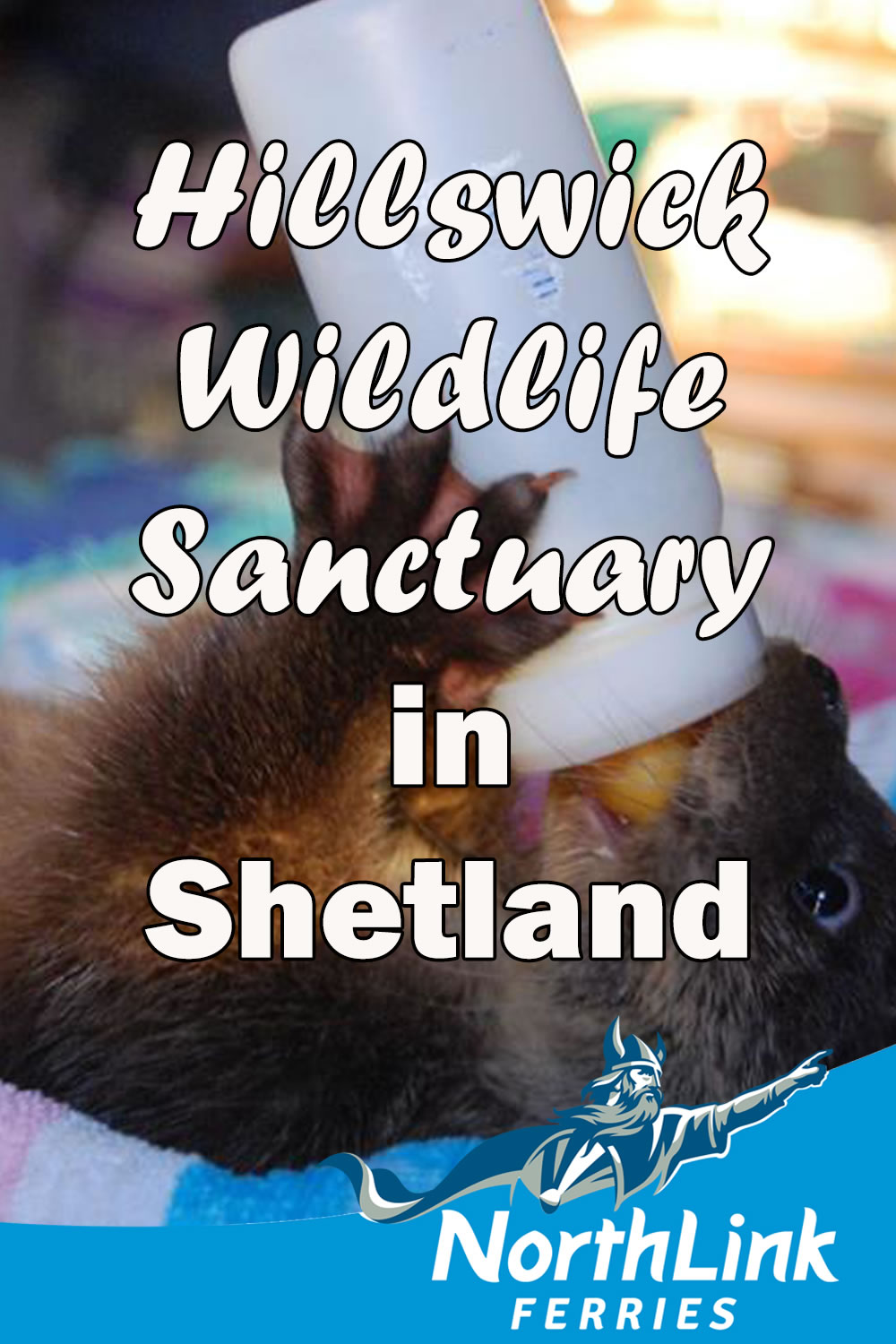Hillswick Wildlife Sanctuary in Shetland
The waters around the Shetland Islands are well known for attracting a rich variety of marine mammals, but sometimes these animals can find themselves in trouble. Since 1987 Hillswick Wildlife Sanctuary have cared for sick, injured and abandoned seals, otters and cetaceans with a focus on releasing them back into the wild.
“We always release our mammals back into the wild – ‘rescue, rehabilitate and release’ is our motto.”
NorthLink Ferries were delighted to recently catch up with Jan Bevington, founder of Hillswick Wildlife Sanctuary, to discuss all things related to animal conservation including how it all started and how you can get involved.
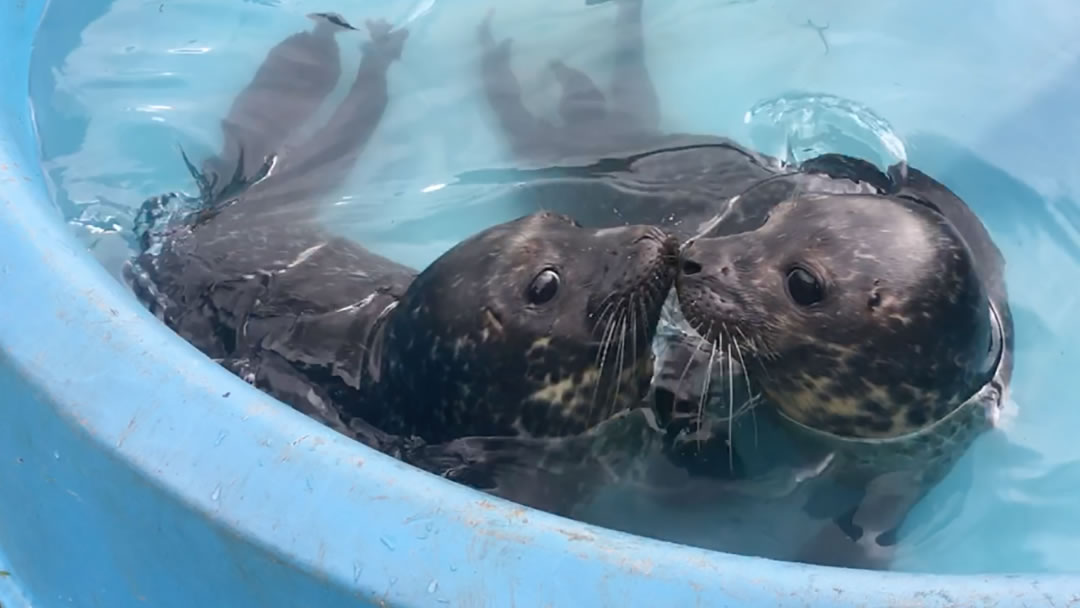
Q. Could you tell me a little bit about how Hillswick Wildlife Sanctuary began?
A. I was sitting on the beach one night and as I looked along the sand I saw a baby seal being washed up and down. It looked like it was in trouble and no mother could be seen. So intuitively, I picked it up and searched for somebody who would know how to look after it. Unfortunately there was nobody in Shetland so I had to find someone down south that could help. Vets here back then didn’t deal with marine mammals; they just dealt with agricultural animals and pets.
So to cut a long story short, I found someone and he told me what to do with it. I kept it in a paddling pool in the front garden! In May 1987, I had one seal and by September 1987, I was looking after seven. So I didn’t go looking to start a wildlife sanctuary, it really just started itself.
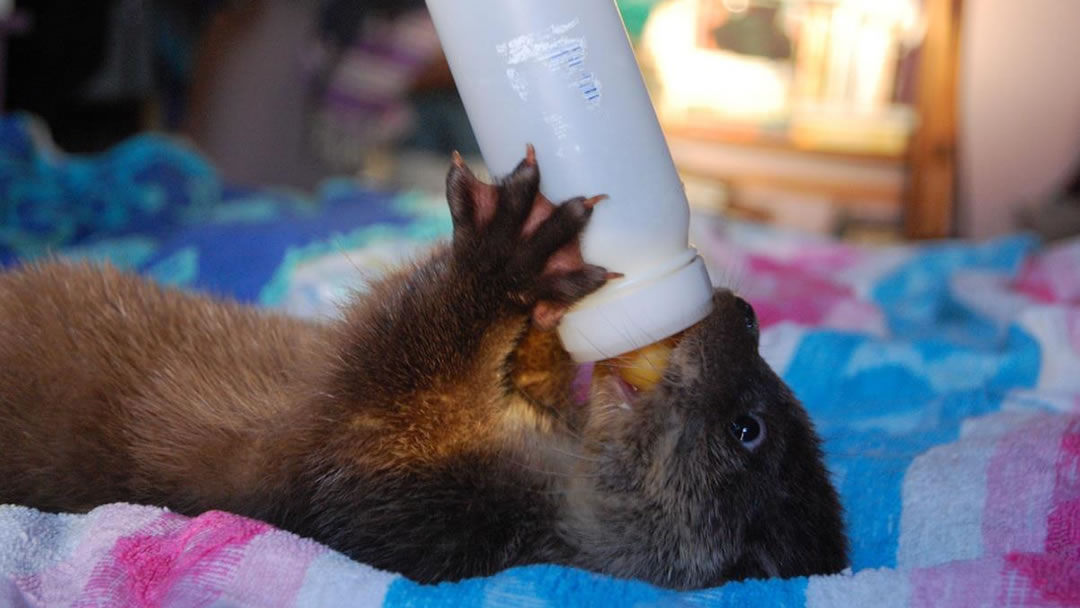
Q. What marine life do you rescue and rehabilitate at Hillswick?
A. Mainly otters and seals; there are harbour seals and Atlantic grey seals in Shetland. We do take in other mammals as well, but the SSPCA deal most other animals needing help. We help coordinate cetacean strandings; if there are whales or dolphins stranded on beaches around Shetland then we help out with that.
We are part of the Scottish Marine Animal Stranding Scheme (SMASS) volunteer network where we take samples from dead cetaceans that get washed up which unfortunately, is happening more and more. There’s a whole group of people around Shetland now trained up to do this.
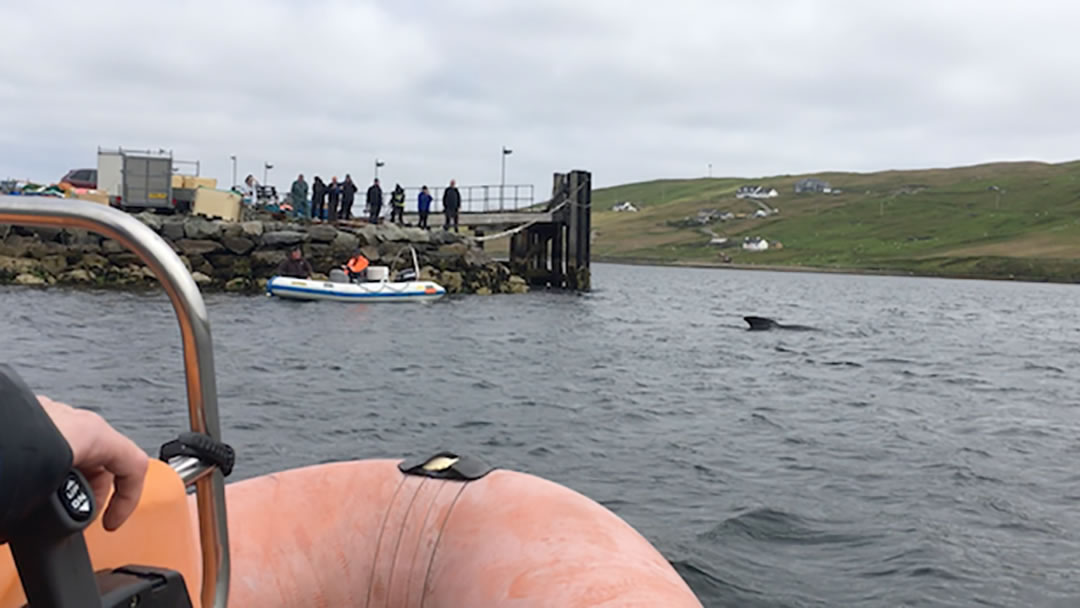
Q. How often are you called out on a rescue mission?
A. There’s nothing regular about this kind of work; we tend to get calls out of the blue. Sometimes we will get three calls in a week and then nothing again for three months!
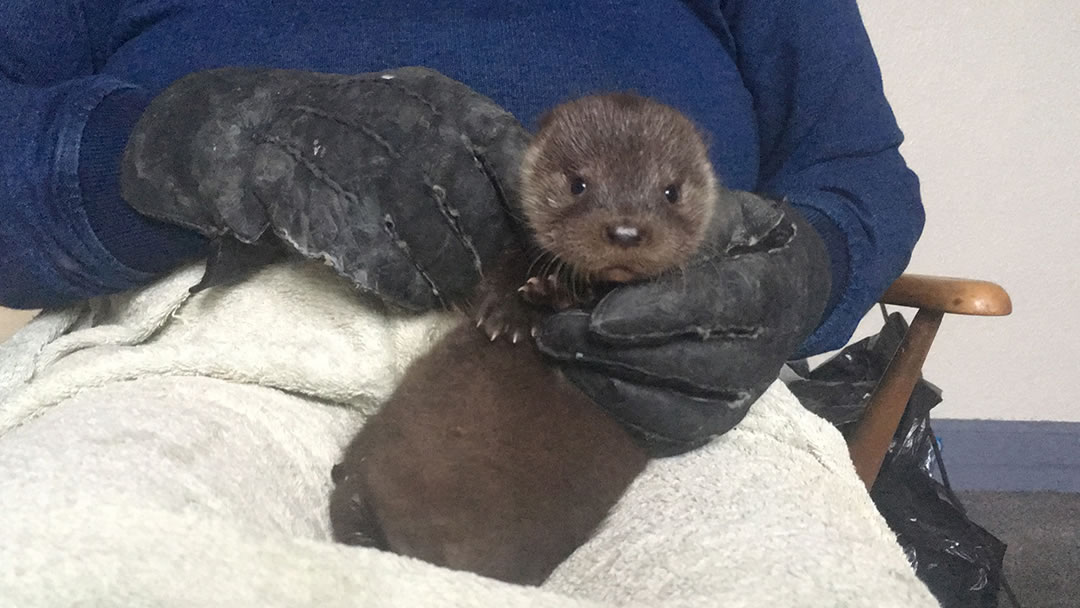
Q. We see that you have a new resident, could you tell us a bit about Grant the otter please?
A. Yes, we have the tiniest otter we have ever had here at Hillswick. He’s eating well and doing okay at the moment. The family that rescued him wanted to call him Grant so we kept that name! He’s been here for two weeks now and is beginning to really thrive, guzzling his milk which we bottle him three or four times a day. He loves his exercise run around the garden when the weather’s fine.
You can ‘t always predict if an otter cub will survive because they stress very easily without their mum, so we’re very happy with the way Grant is progressing. He’ll be with us for a few months yet before he can go back to the wild. The next step will be introducing him to liquidised fish and putting him in an outside pen.
Grant was heard crying all night in torrential rain and the next morning a family found him in the middle of the road. I’m not sure how he survived all that time as he is very small.
It is possible that part of Grant’s holt (den) was washed away during the storm and Grant could have lost his mum. Or he could have been in the holt while mum was out hunting and went in search for her.
These things we do not know and we have to be willing not to know so that we can do our job and save them. We always release our mammals back into the wild – ‘rescue, rehabilitate and release’ is our motto.
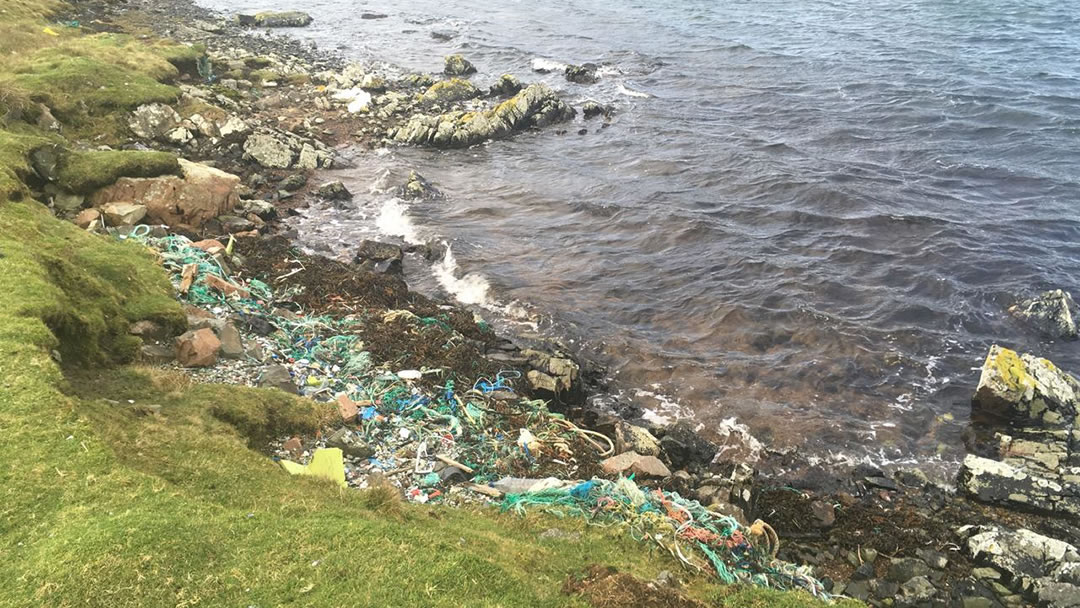
Q. What would you say are the challenges that face marine wildlife today?
A. Pollution. And there are all different kinds of pollution.
So there’s the plastic pollution which we all know about. There’s pollution from ships and marine traffic, and there is chemical run off from the land.
Recently I was told that they are finding toxins in the seal’s mother’s milk. That is a big concern for us.
Despite bans on these toxic chemicals, which range from paint additives to pesticides, they are still finding their way into the ocean from sewage and landfill sites. So that news has been really distressing for us to learn this week.
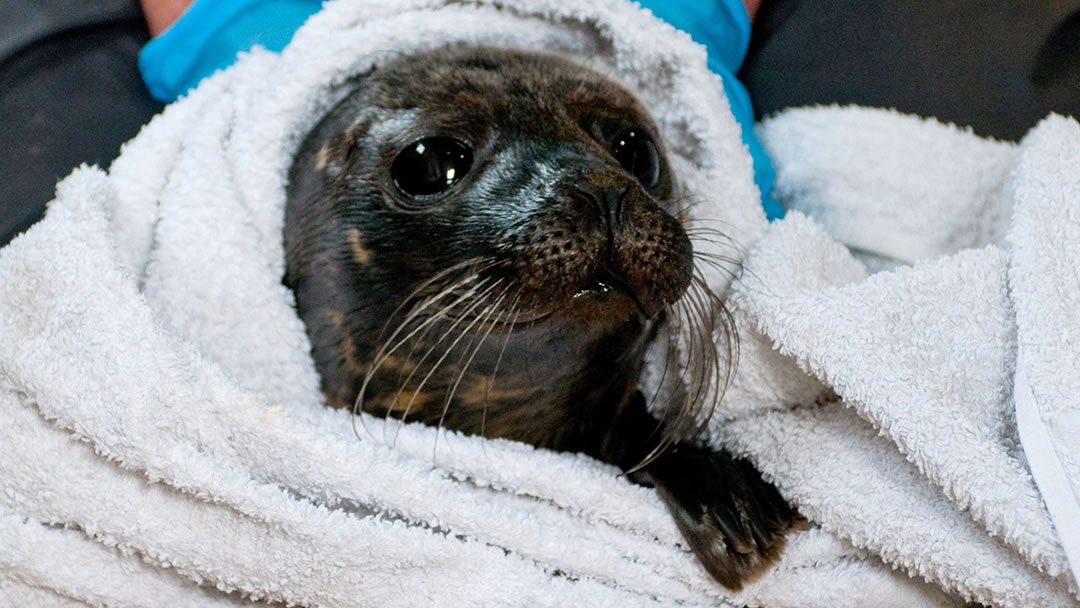
Q. That is really upsetting. Mother’s milk should provide all the vitamins and nutrients a baby animal needs; not harm it.
A. Yes. For the seal pups here at Hillswick, we make up what we call a selkie cocktail for them to drink. Our seal pups are now coming in smaller, less robust and less resilient, so it’s much harder work to keep them alive.
We recently rescued three baby seals all within three days of one another. This was back at mid-summer. They still had their umbilical cords attached and we couldn’t afford to wait to rescue them as seagulls already had their eyes on them.
They are thriving now at 8 weeks old. We’ll need to look after them a bit longer than the 6 weeks that their mother would usually spend with them. As good as our selkie cocktail is, it can’t match seal’s milk.
So they’ll be with us until they are 10 to 12 weeks old; and then we’ll release them back into the wild.
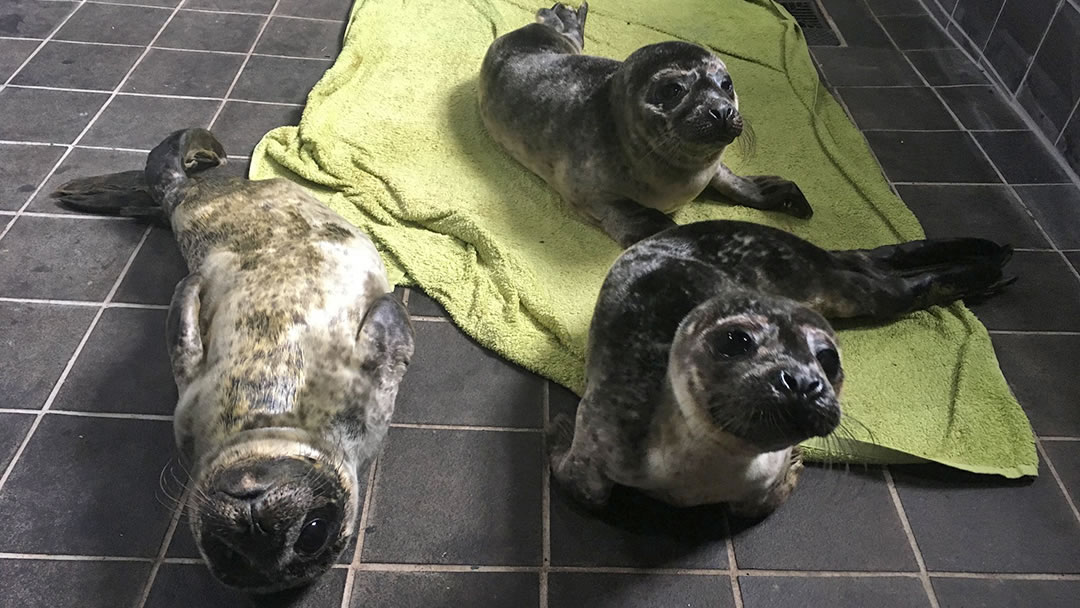
Q. In what ways can the public help?
A. We are very grateful for the help that we receive from the public; they support us in many ways! Some donate to us each month which helps us enormously. Some come to visit us and leave a donation; visitors are always welcome though it’s best to call first to make sure we’re in and they can see first-hand what we get up to here. You can also donate online via the Hillswick Wildlife Sanctuary website, Facebook page or by post.
We couldn’t do any of this work without all our supporters, so we are very thankful!
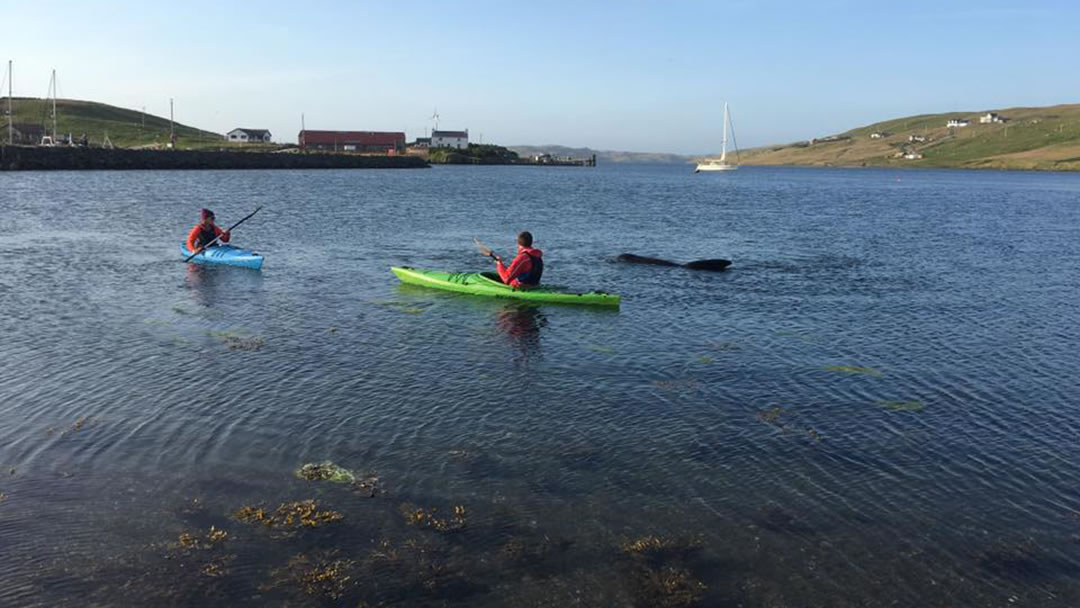
Q. What advice would you give to anyone wanting to get involved in conservation work and how can more people get involved?
A. Do it fast, as things will get worse for wildlife in the future. There is going to be a lot of people needed in animal conservation in the future.
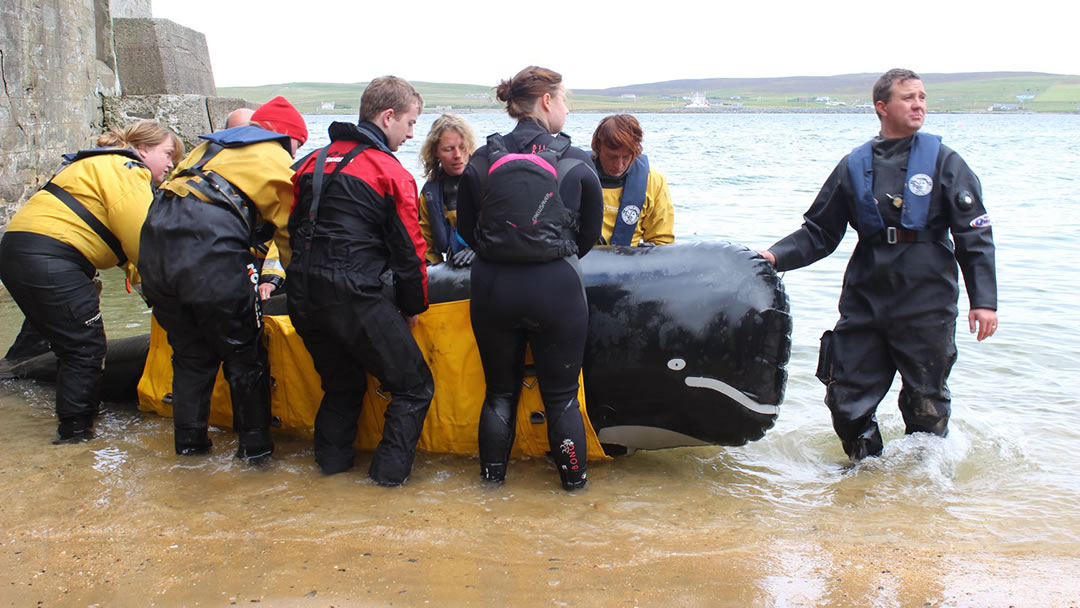
Q. We read about the recent Marine Mammal Medic course – can you tell us a little bit about that?
A. The course was run here at Hillswick in August by a team from British Divers Marine Life Rescue. They teach people what to do and how to handle these creatures in the best possible way. They use inflatable whales, dolphins and seals which isn’t quite the same as the real thing but at least it gives you a sense of what it is like.
Interest in the course has increased dramatically, which is very pleasing to see. So the next time we do the course (no date has been set yet) we will advertise it as much as possible.
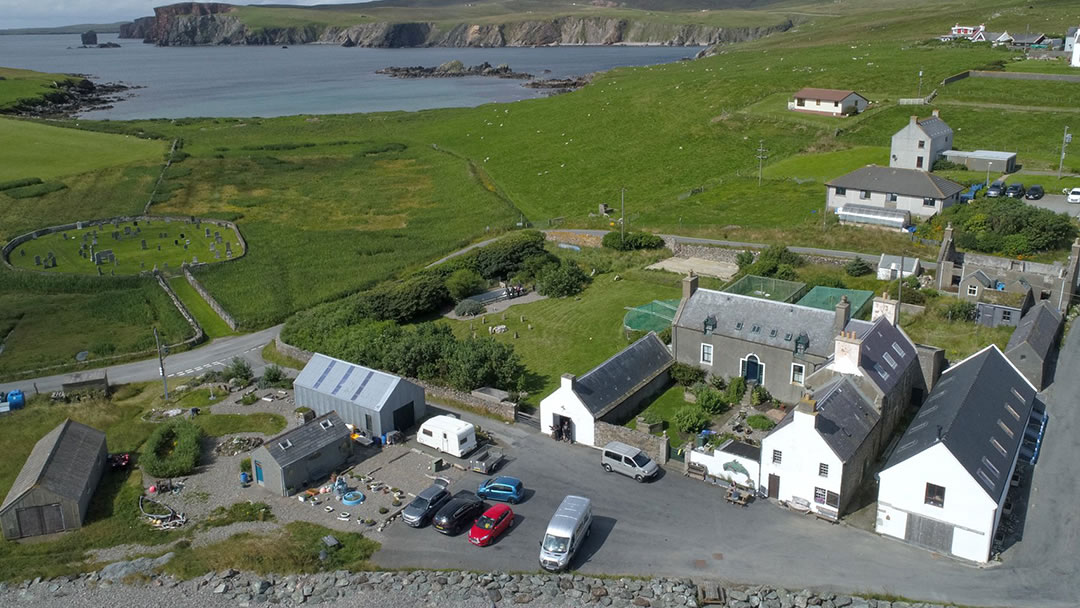
Q. Any new projects on the horizon for Hillswick Wildlife Sanctuary?
A. Yes, we’ve got a fantastic new project coming up. In 2020 we are going to upgrade the entire sanctuary and we are going to build a visitor’s centre with funding from the oil industry, Shetland Islands Council and Europe. It will be an education centre with lots of information about wildlife and what we can do to help. There will also be a little craft shop. We are really looking forward to it!
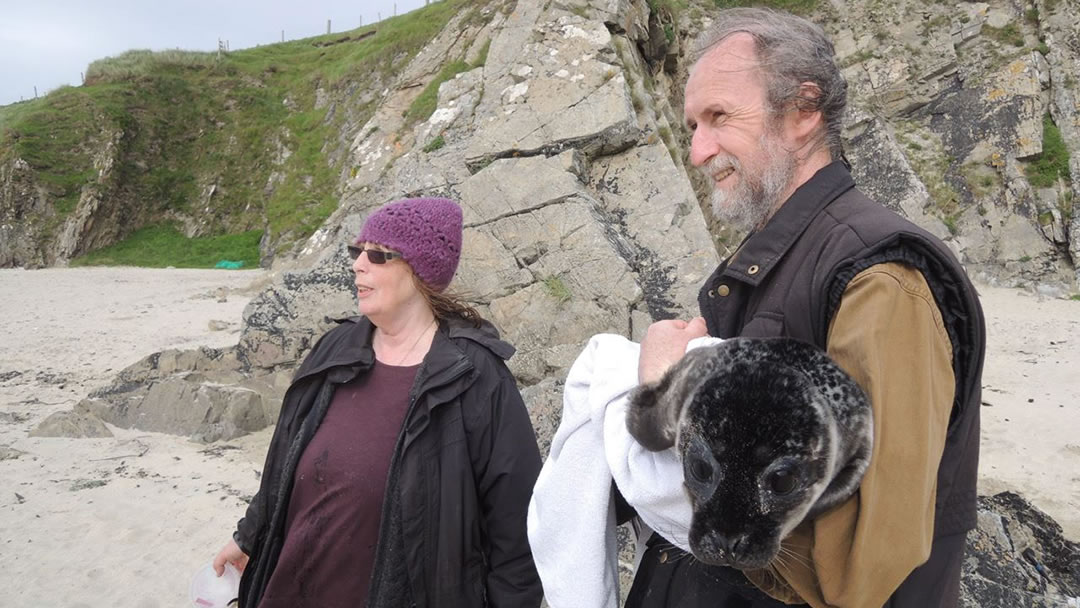
Q. What is the most rewarding part of your job?
A. The most rewarding part is the actual work. We always feel very privileged to be in such close contact with all the animals. At first it can be very sad seeing animals in such distress, however it is extremely rewarding to get them through their time with us and see them head off out into the wild.
To make a donation, visit or find out the latest news at Hillswick Wildlife Sanctuary, please visit https://www.hillswickwildlifesanctuary.org/
 By Hannah Richards
By Hannah RichardsA University graduate from New Zealand with strong ties to Orkney and the East Coast of Scotland. Hannah enjoys discovering new places and is looking forward to travelling around Europe. She has great appreciation for history, music and art.
Pin it!
